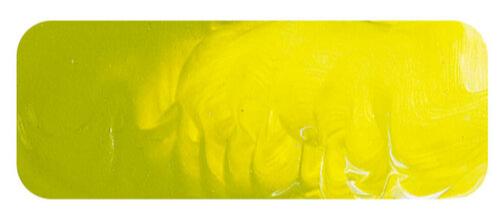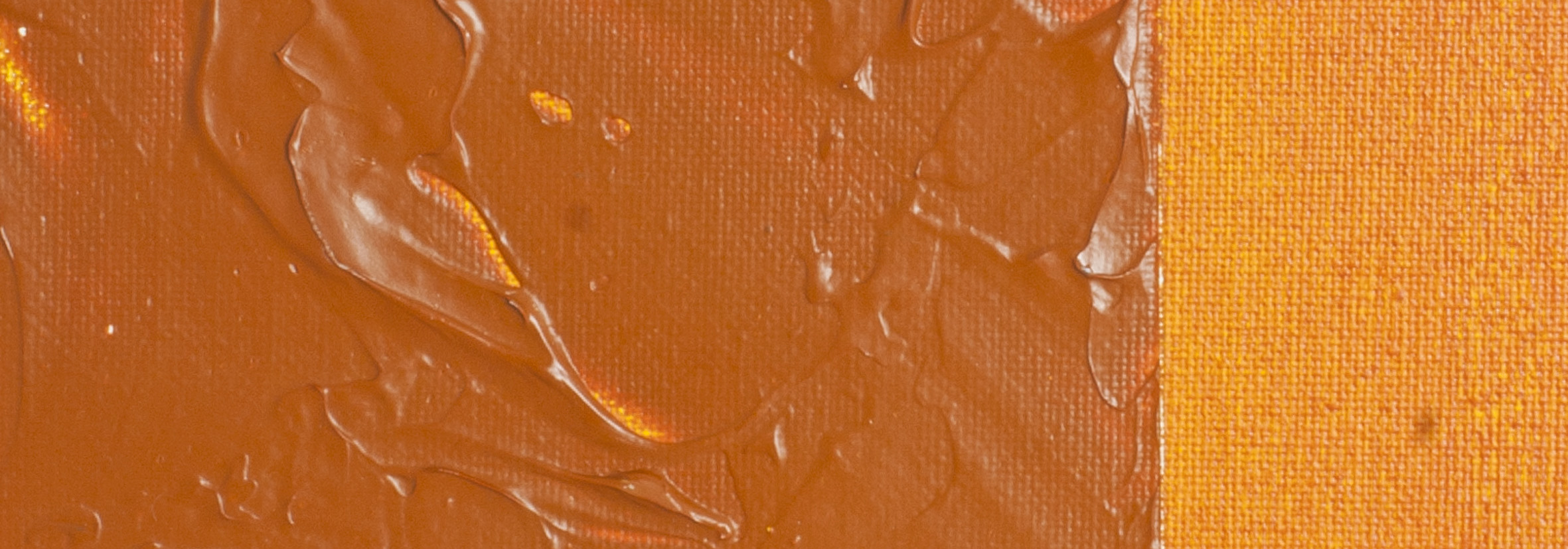Australian Yellow Green | Matisse acrylic paint
Chemical Description: Blend Arylide yellow, chlorinated and brominated Phthalocyanine & Diarylide yellow
Pigment Numbers: PY74 PY83 PG7
Lightfastness Rating: ASTM I
Pigment Opacity: Semi-Transparent
Paint Opacity: Semi-Transparent
Series 3

Australian Yellow Green | Matisse acrylic paint
Enigmatic Nomenclature: Pink Bice and Green Pink
Yellow-green hues in the old master period carried perplexing names, such as pink bice or green pink. The term "pink" referred to the yellow colour extracted from Buckthorn berries, known as Still de Grain or pink yellow. Curiously, the name "pink" traces its roots to a European wildflower with light pink or white flowers, deviating from the modern understanding of the colour. The association of yellow with pink remains puzzling, possibly linked to Buckthorn's use in producing both yellow and red colours.
Sap Green and Colour Evolution
Buckthorn, aside from yielding yellow, contributed to Sap Green, a green colour. To achieve a yellow-green shade between Sap Green and yellow, artists mixed yellow with blue bice, resulting in the term "pink bice" in the 18th century. The term "bice," a generic name for darkish blue, often referred to azurite in this context. A darker version emerged by blending yellow with indigo, resembling Hooker's Green. Despite their popularity, these Buckthorn-derived colours were fugitive, estimated to have an ASTM IV rating. While the original pigments and peculiar names are gone, the need for such colours remains vital.
Dual Role of Yellow-Greens
Yellow-greens play two crucial roles in artistic endeavours. Firstly, they lighten other greens without altering their character dramatically, unlike using white. This method preserves the richness and character of the green hues. Secondly, Australian Yellow Green, in particular, contributes to creating various greens through mixtures.
Mixing Marvels: Australian Yellow Green Combinations
Pairing Australian Ghost Gum with Australian Yellow Green enhances the yellow undertone, resulting in a yellower green compared to using Yellow Oxide as a mixer. Mixing with Australian Sky Blue produces a cooler light green, while Southern Ocean Blue yields a rich dark green. Combining with Cobalt Blue creates a useful olive colour, and with Cobalt Teal, a beautiful light permanent green emerges. Australian Yellow Green stands as a worthy successor to its older counterparts, embracing both historical significance and contemporary utility in the artist's palette.
Safety Data Sheet for Matisse Australian Yellow Green (SDS)
To view or download a copy of Australian Yellow Green, please CLICK HERE * (271kb)
*The above link will open an external Dropbox window

To install this Web App in your iPhone/iPad press ![]() and then Add to Home Screen.
and then Add to Home Screen.

